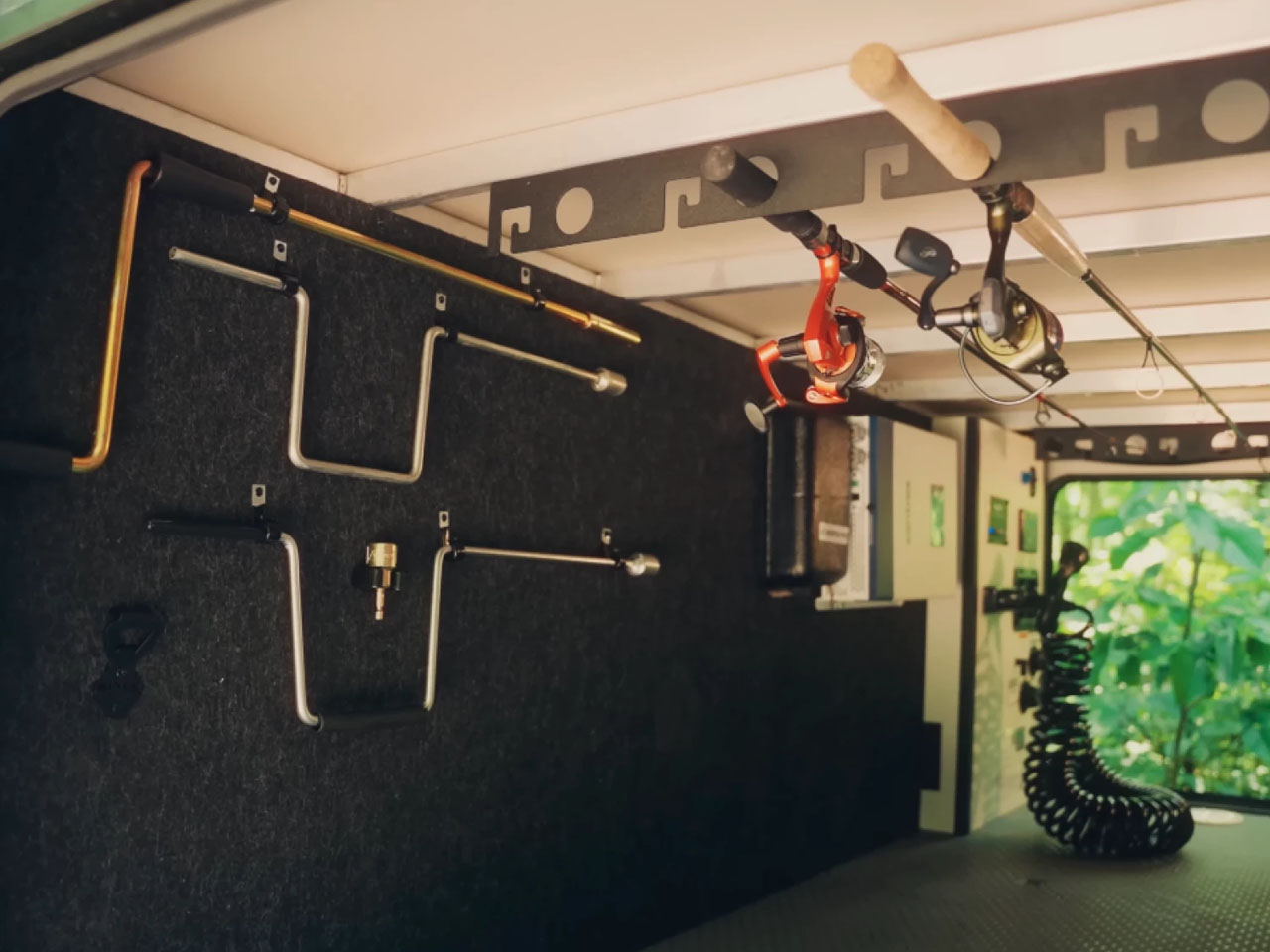Blue Origin has announced a target date for New Glenn’s second launch: November 9. This time, the mission will deploy real payloads, not just carry a technological demo for the company. Specifically, the spacecraft will be carrying the NASA Escapade mission’s twin satellites, which are headed to Mars. New Glenn, Blue Origin’s heavy-lift launch vehicle that was designed to be reused for a minimum of 25 flights, had its maiden flight in January. While the rocket made it to space, the company failed to land its first stage on its recovery ship in the Atlantic Ocean.
In a tweet, Blue Origin CEO Dave Limp said it won’t be a problem if it fails to stick the landing again. “We've got several more New Glenn boosters already in production,” he said. The mission’s primary goal, he clarified, is to get the Escapade satellites safely into orbit.
NG-1's goal was clear: reach orbit, everything after that was a bonus. NG-2 builds on that with our primary goal to get Escapade safely to orbit and land the booster. What if we don't stick the landing? That's ok. We've got several more New Glenn boosters already in production.… https://t.co/MtZ5057zTH
— Dave Limp (@davill) November 5, 2025
Mars missions typically launch during a narrow window of time when the red planet and the Earth are aligned. It’s a phenomenon that only happens once every two years. Colorado aerospace company Advanced Space designed Escapade’s trajectory for Mars missions that do not launch within that timeframe. The satellites will linger in the L2 Lagrange point between the sun and the Earth for a year. In November 2026, they will do a slingshot around our planet in order to reach Mars sometime in 2027 during that once-in-every-two-year alignment. “Can we launch to Mars when the planets are not aligned? Escapade is paving the way for that,” said Jeffrey Parker of Advanced Space.
New Glenn will lift off from Cape Canaveral Space Force Station’s Launch Complex 36. The company is aiming for a 2:45 PM Eastern time launch on November 9. As SpaceNews notes, the US government shutdown could limit NASA’s coverage, though the agency is still expected to livestream the event.
This article originally appeared on Engadget at https://www.engadget.com/science/blue-origins-second-new-glenn-launch-will-carry-real-nasa-satellites-153000627.html?src=rss



















